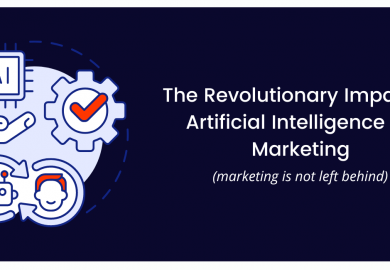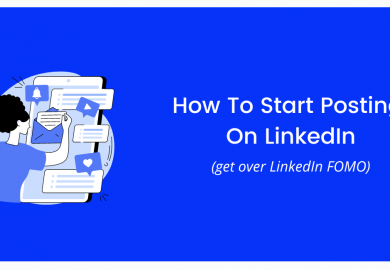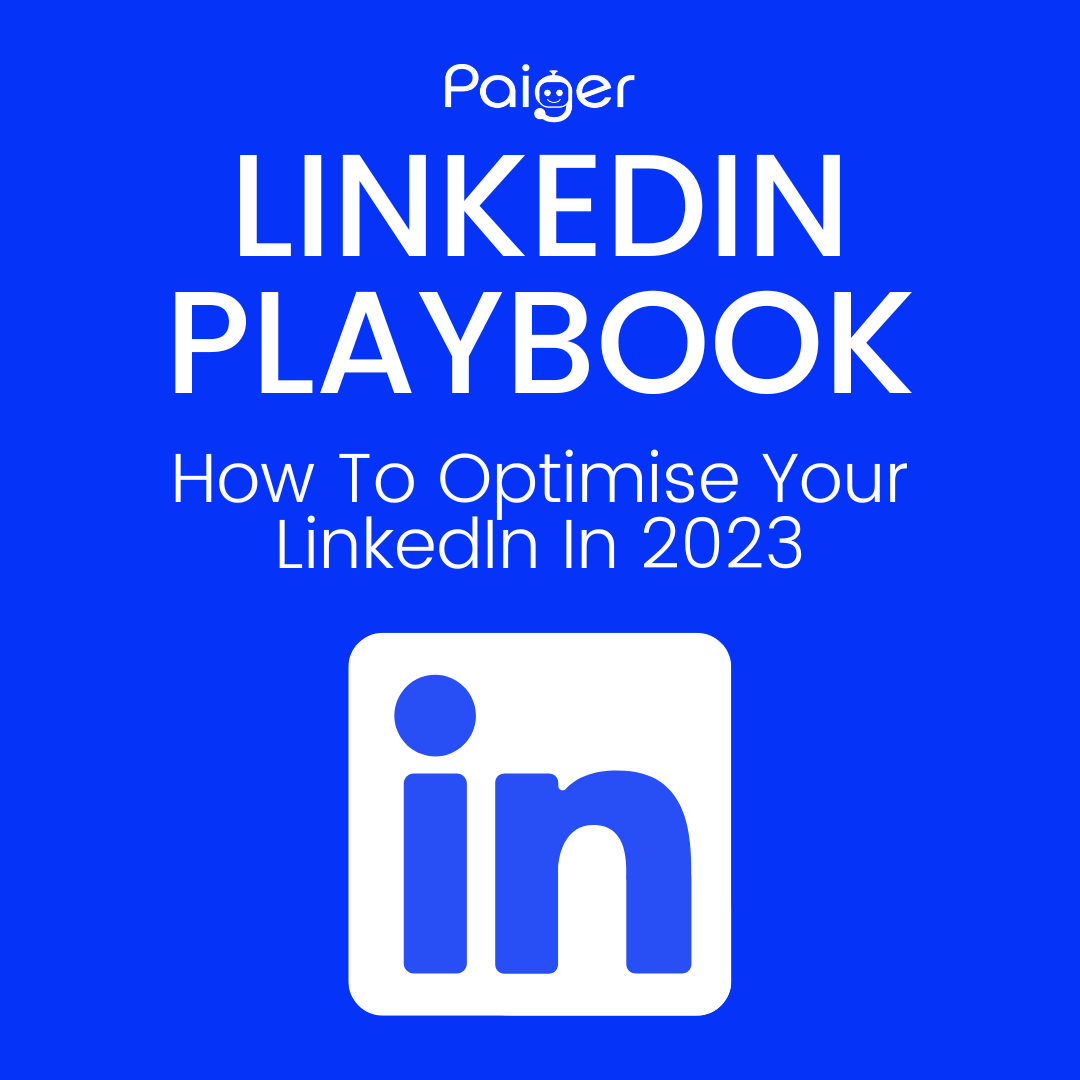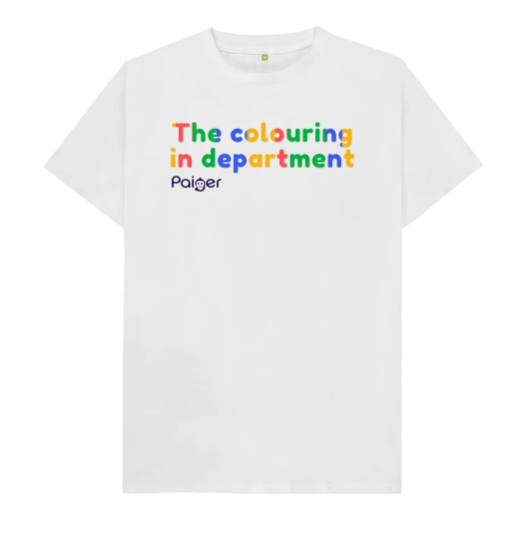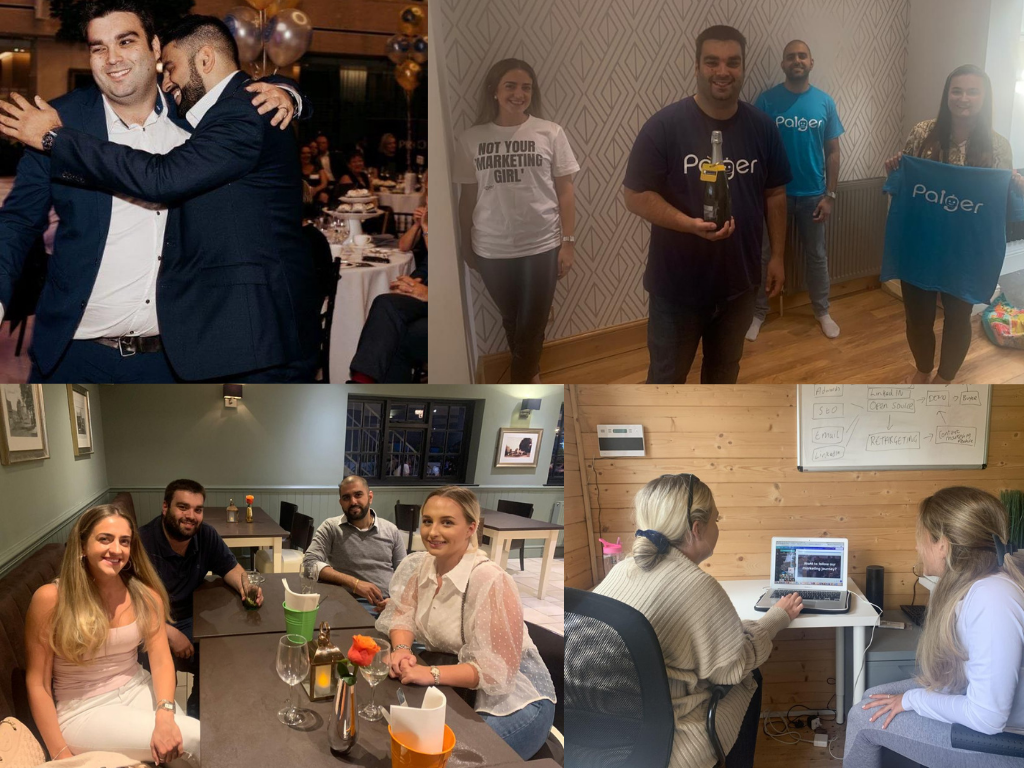Don’t Drown In The Vanity Metrics
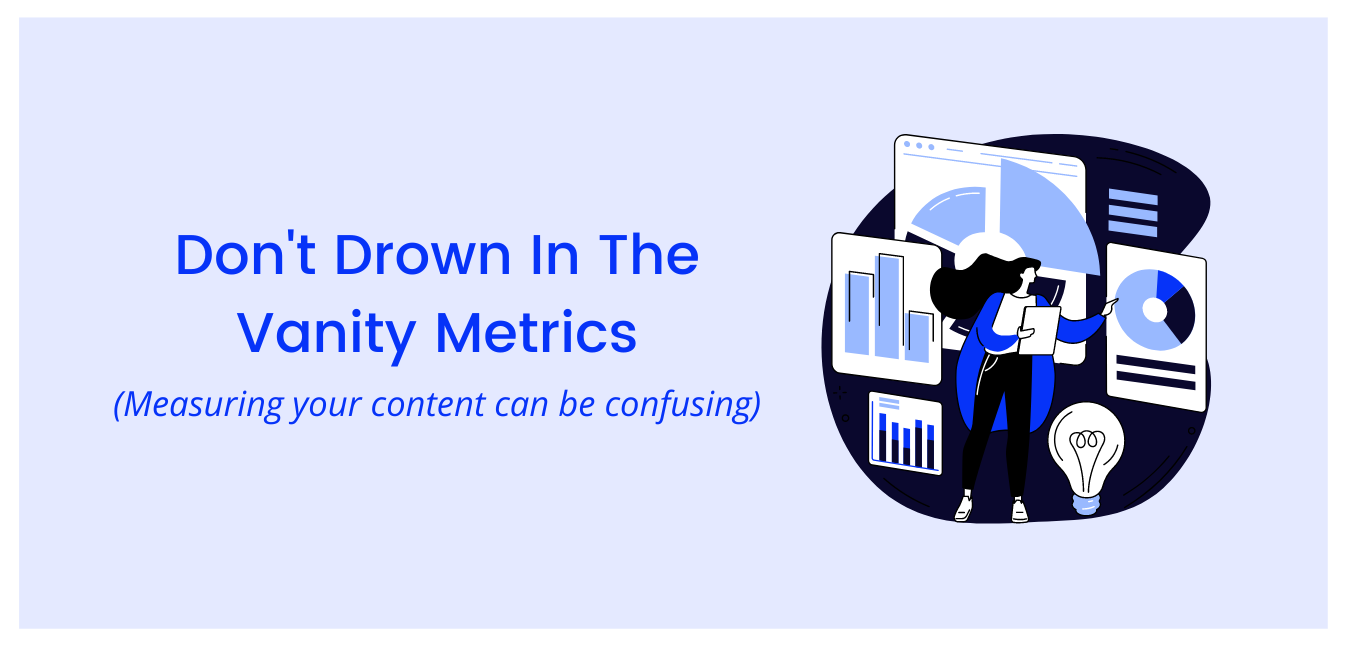
Measuring the effectiveness of your social media content on LinkedIn can be confusing.
There’s a wide range of metrics, from reach to engagement rate, from cost-per-click to amplification rate – so how do you know which is important to attract the right talent, and which is just style and no substance?
Here, we take a look at how you can differentiate between the really important data and which is all just vanity.
Smart metrics vs vanity metrics
Metrics are the data that helps you gauge the success, or not, of your LinkedIn posts. They’re quantifiable and with them you can track specific goals, whether that’s increasing conversions from a blog post or engagements with a newly-advertised position. They’re what help you measure how your social media posts perform and are determined by your strategic goals.
SMART (Specific, Measurable, Attainable, Relevant and Time-Sensitive) metrics will help you plan your future campaigns, maintain the health of your brand and justify ROI. They can include such things as:
- Reach – how many people has your content reached
- Impression – when someone views a post
- Audience growth rate – how many followers you get within a specific length of time
- Engagement rate – how many ‘likes’ or ‘comments’ you get on your posts
- Amplification rate – how many ‘shares’ you get
- Virility rate – how your content spreads
- Conversion rate – how many people take the action you want them to, e.g. clicking through to fill out a form on your website
SMART metrics matter because they dive deep into the data, and with them you can identify a campaign’s effectiveness and measure its success.
They also help with assessing how well your social media strategy is working and if it is having the impact you planned.
Vanity metrics, on the other hand, rarely look beyond the surface.
They reflect back at you those statistics that you want to see and which make you look good, but offer no analytics further than superficiality. They show you things like how many followers you have, or the number of times a video’s been viewed.
However, if an account on LinkedIn has 1,000 followers but only 150 of them are active users, the numbers quickly lose their impact and can’t be used as evidence of success, especially if they don’t translate into clicks. Moreover, vanity metrics are widely freely available and are easy to source, unlike more valuable SMART metric tools which need investment to source and experience to interpret.
Measuring your metric success on LinkedIn
Luckily, LinkedIn has a great range of analytics tools that you can use to interpret just how well your posts are doing. LinkedIn analytics are divided into three main sections:
- Updates – this allows you to determine how much engagement you generate with your posts and include impressions (how many times a user saw your update), clicks (how many times your update was clicked on), and engagement rate (a combination of clicks, likes, shares, comments, follows and impressions).
- Followers – this lets you know how many followers you have, how many of them are organic and how many are sponsored, their demographics, and when your followers were added.
- Visitors – this tells you how many visitors your page has had, and how many of them were unique or repeat visitors, what their demographics are, and when they visited.
- Make sure that any links to vacancies that your team shares lead directly to the appropriate page of your website to simplify and streamline the application process.
LinkedIn post analytics will also show you if you’ve been tagged in other people’s posts, what your Click-Through-Rate (CTR) is, and what referral traffic you’ve received, all of which are vital SMART metrics for recruitment marketers, and all of which will enhance your understanding of what engagement you’ve had.
There are over 33 million UK-based LinkedIn users, so a deep understanding of the demographics of the people you engage with and ensuring that you’re reaching as many of the right people is crucial for recruitment marketing campaigns.
Targeted content will increase engagement, and a mixture of written posts, infographics and videos will allow you to work out what works best for you. LinkedIn analytics will also provide you with information on when is the best time to post, so that your content is viewed by as much prospective talent as possible.
Get in touch
Of course, not everyone has the time or resources to implement a LinkedIn schedule – that’s where Paiger’s services come into their own.
With Paiger, it’s like having your own personal marketing assistant to share content and branded jobs that will increase your reach and link directly back to your website. And, with Paiger, you get SMART metrics that will increase your understanding of your marketing functions – not vanity metrics that tell you just what you want to hear.
For more information on how Paiger can help you make the most of your LinkedIn post analytics, get in touch.
Recent Posts
Categories
Check this out
2023 updates and tips to get the maximum reach of your posts
Passive Aggressive Marketing T-Shirts, All For Charity
Learn how a startup is tackling marketing
Featured Posts
Resilience and risk-taking in recruitment: a conversation with Will Pearce
Paiger acquires The Lonely Marketers
The power of the personal brand in recruitment
Archives
- September 2023
- June 2023
- May 2023
- April 2023
- March 2023
- February 2023
- January 2023
- December 2022
- November 2022
- October 2022
- September 2022
- August 2022
- July 2022
- June 2022
- May 2022
- April 2022
- March 2022
- February 2022
- January 2022
- December 2021
- November 2021
- October 2021
- September 2021
- August 2021
- July 2021
- June 2021
- May 2021
- April 2021
- March 2021
- February 2021
- January 2021
- December 2020
- November 2020


